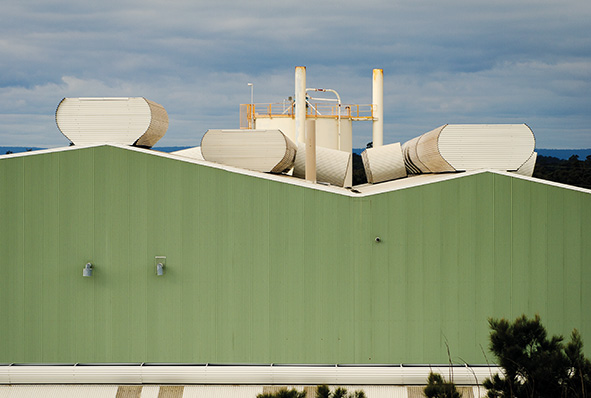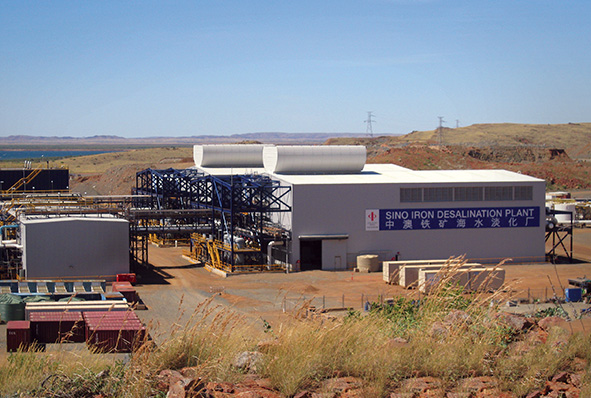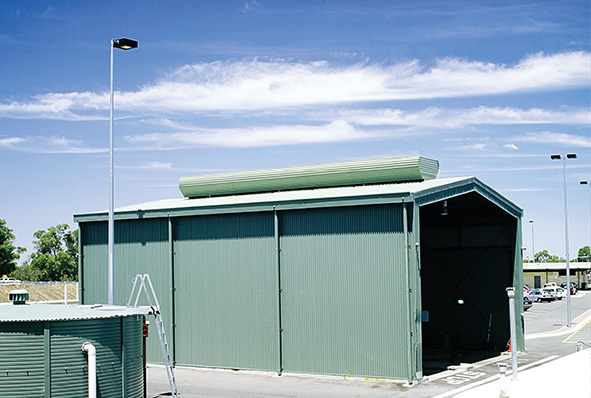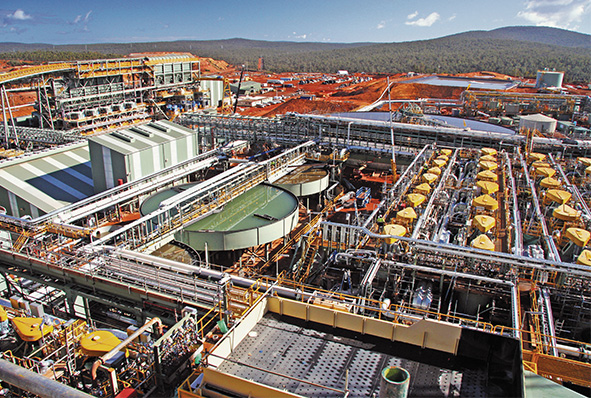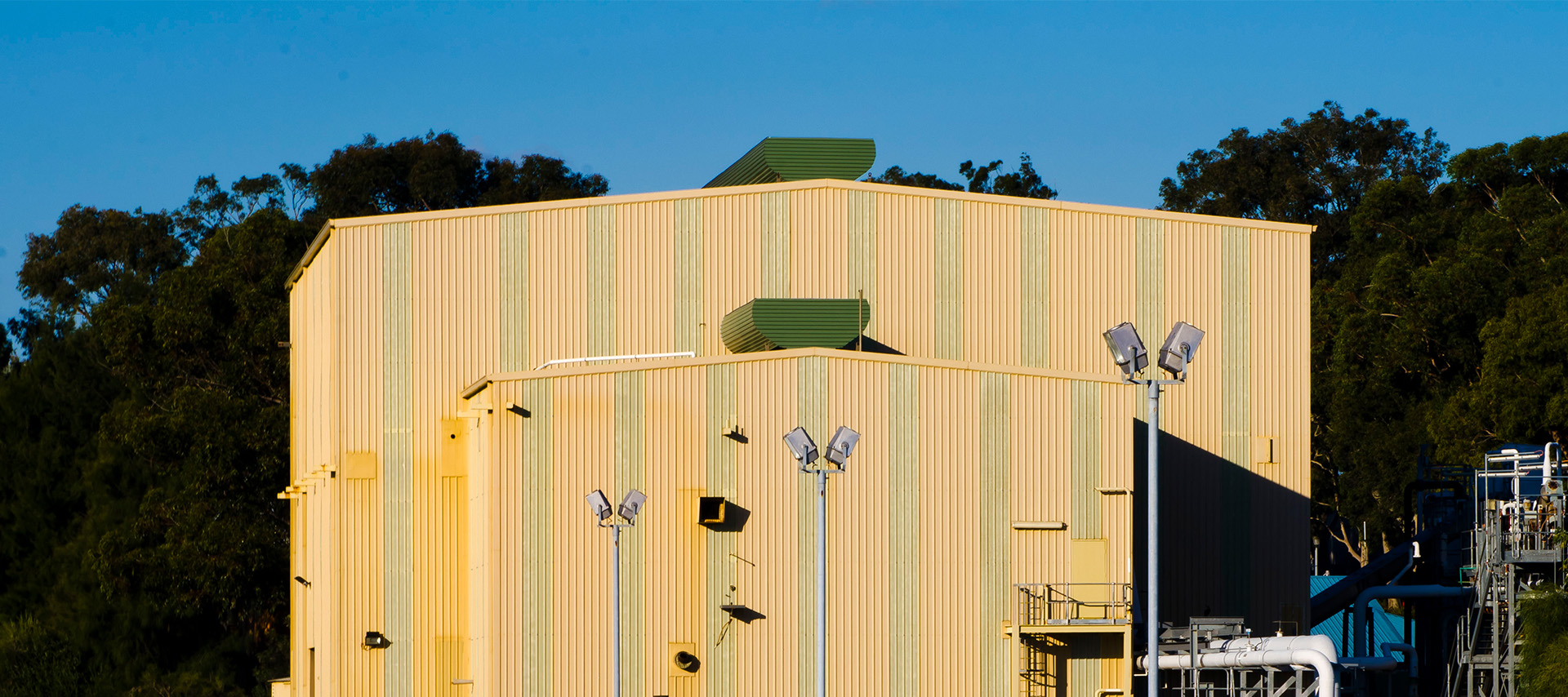
Strand® HC Roof Ventilators
Overview
Strand® is a high performing roof ventilator system that provides a solution for fire & smoke exhaust for industrial and commercial buildings.This system has been engineered and tested to Australian Standards AS 2428.1 and is designed for all regions of Australia including cyclonic areas. The Strand® Range is used on ridge and slope building roofs, and can be incorporated with customised fire and smoke systems including failsafe operable dampers operated using a variety of pneumatic, electric fire rated control systems linked by a control box to Fire Indicator Panel systems.
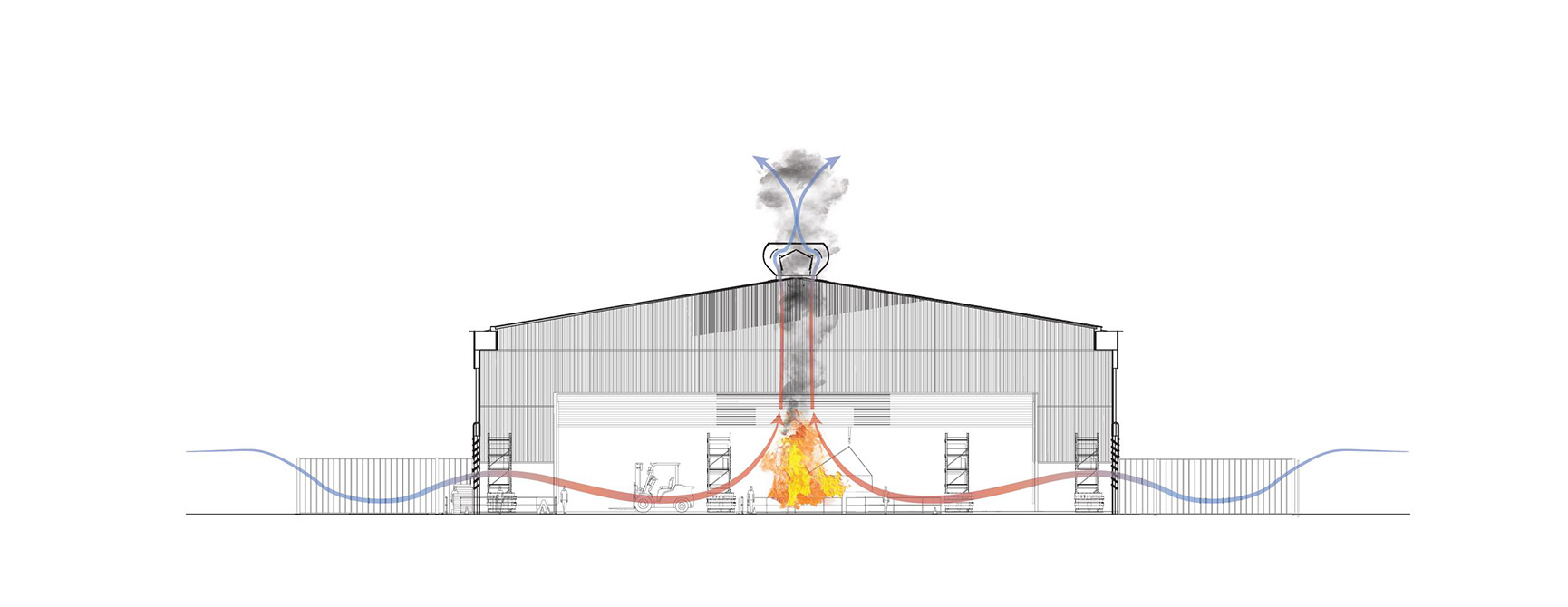
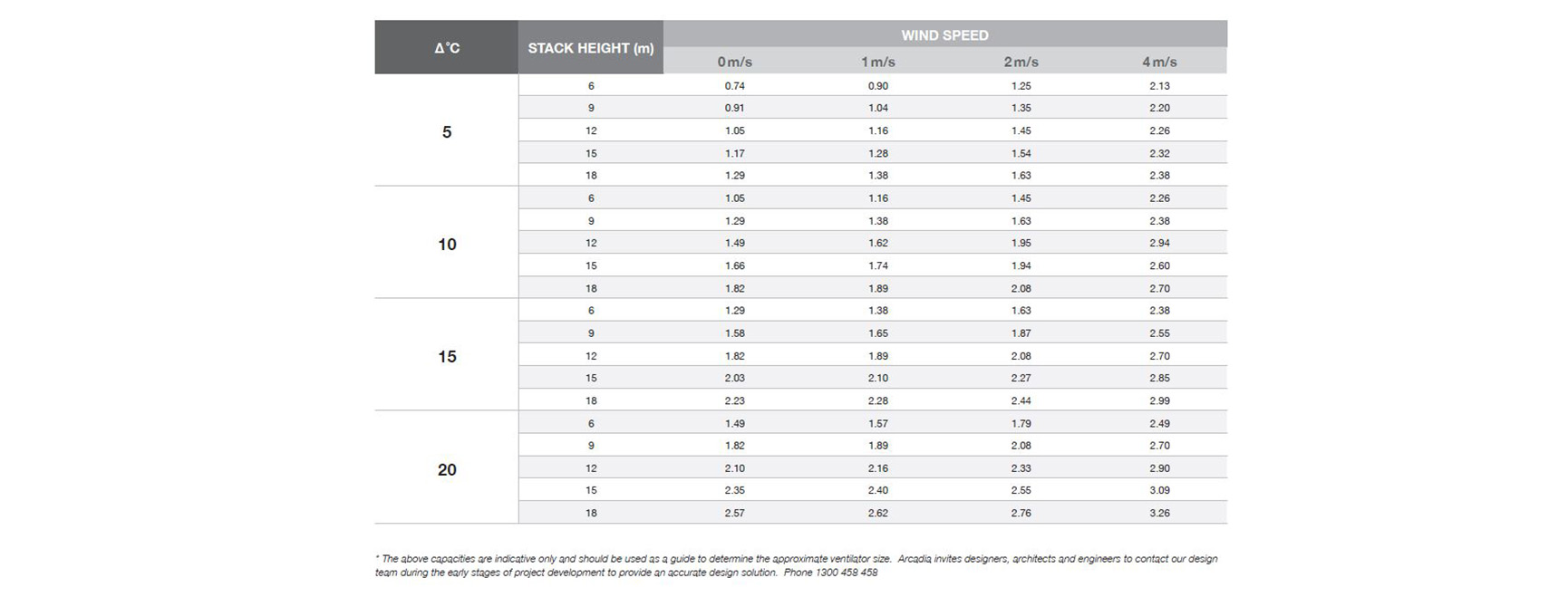
Features
Choosing a natural smoke and heat exhaust over a mechanical system
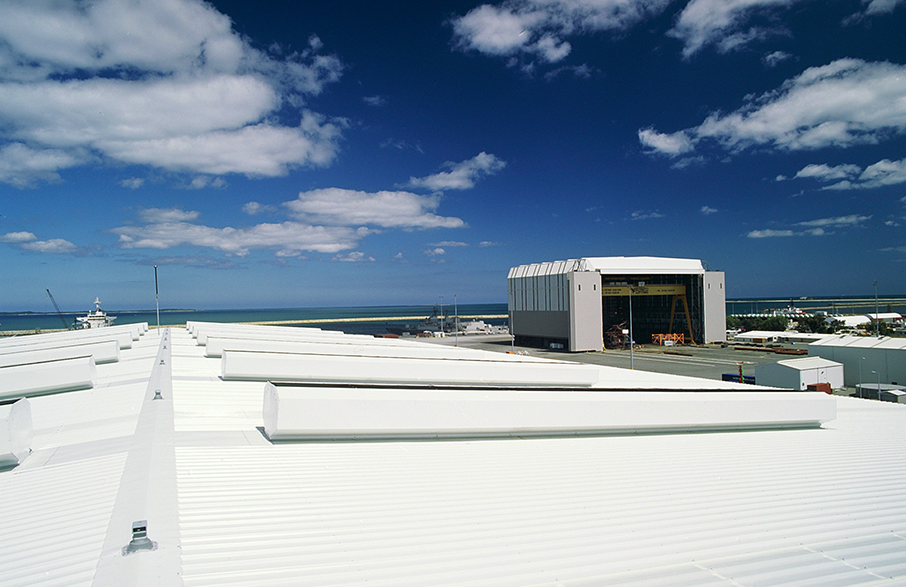
Natural Smoke and Heat Exhaust Ventilation Systems have the following benefits over mechanical smoke exhaust systems, these include this system, Doubles as natural ventilation, Weatherproof when naturally ventilating, Not reliant on electrical supply during emergency, Greater area distribution, Low or nil maintenance and lastly have increased capacity with natural external wind effect

Typical Scenario Without Smoke Ventilators
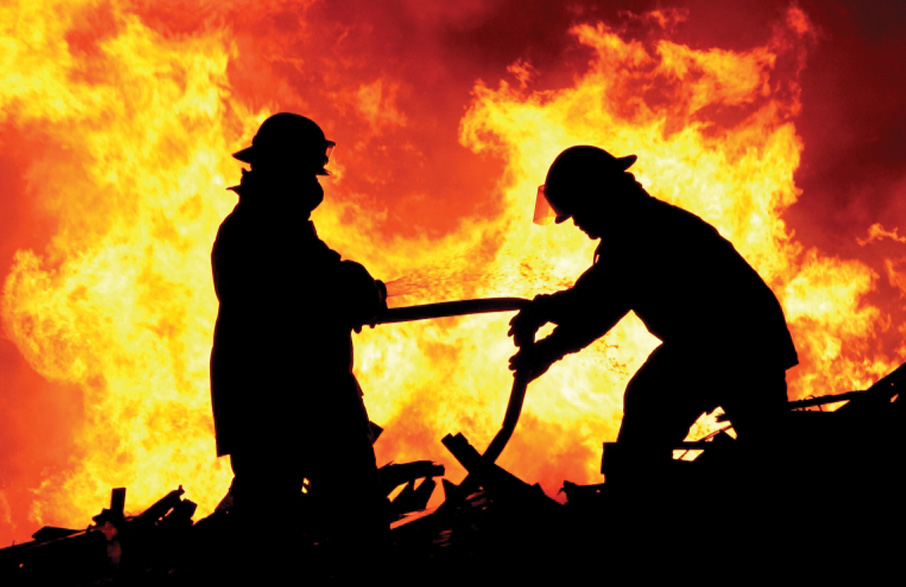
The idea of providing ventilation to a fire may seem strange. Common knowledge indicates that depriving a fire of oxygen (by closing up the building) will extinguish it. This supposition overlooks that fact that virtually any industrial or commercial building contains enough oxygen to burn it to destruction. Firefighters talk firsthand of the huge problems they encounter when fire breaks out in buildings without automatic fire ventilators.

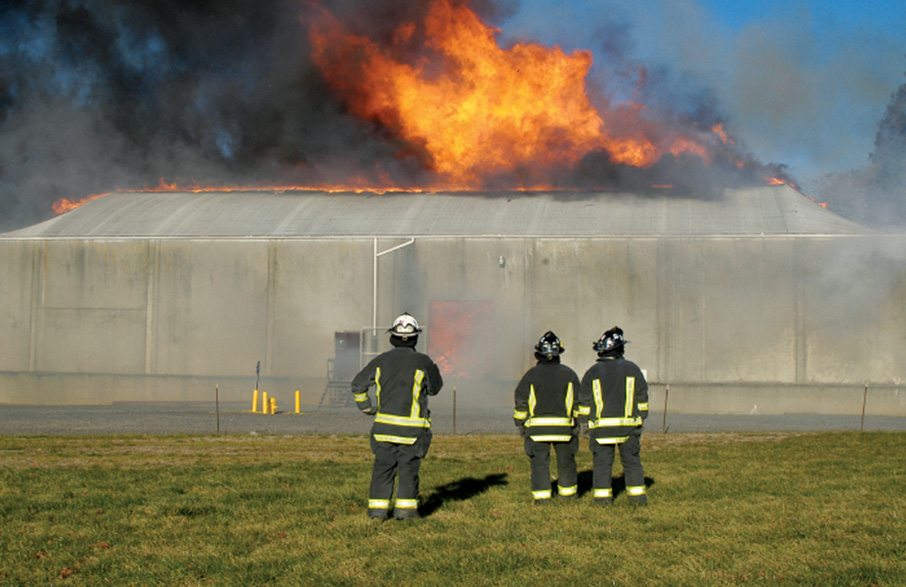
In such a situation the fire travels laterally, often at frightening speed, as it reaches for more oxygen. The resulting thick smoke heat and toxic gases trapped under the roof roll through the building rapidly filling the entire complex and frustrating the efforts of firefighters to enter the building, determine the source of the fire, and begin the fight to save lives and property. As the smoke layer builds and spreads, it heats the building membrane and contents which can cause combustible goods in the building to ignite, contributing to the spread of fire. Often the build-up of poisonous gas and dense black smoke is such a to even thwart the entry of firefighters equipped with sophisticated breathing apparatus. Serious explosions are a significant risk.

The Smoke Ventilation Advantage
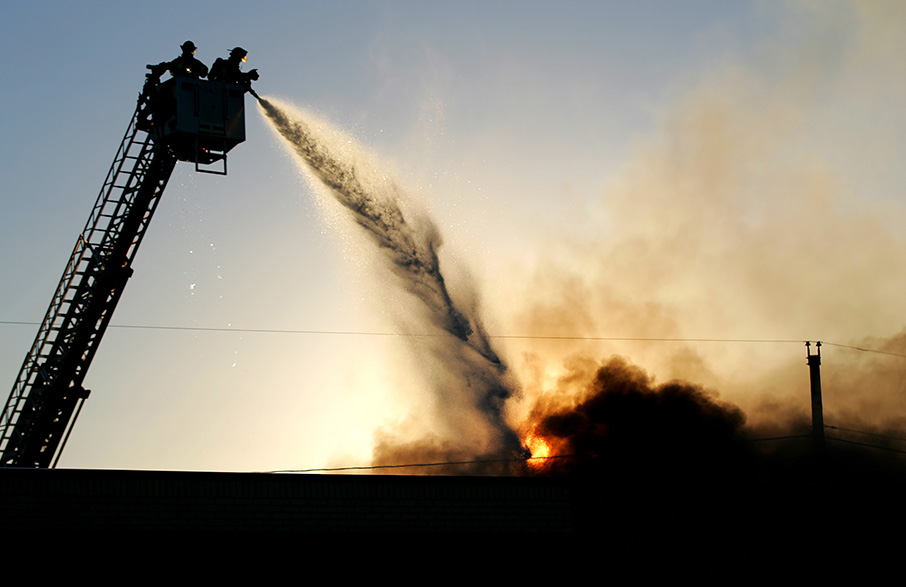
In contrast, using the principles of ventilation and containment, a smoke ventilation system will keep smoke above head height and prevent it spreading around the building.

Applications


